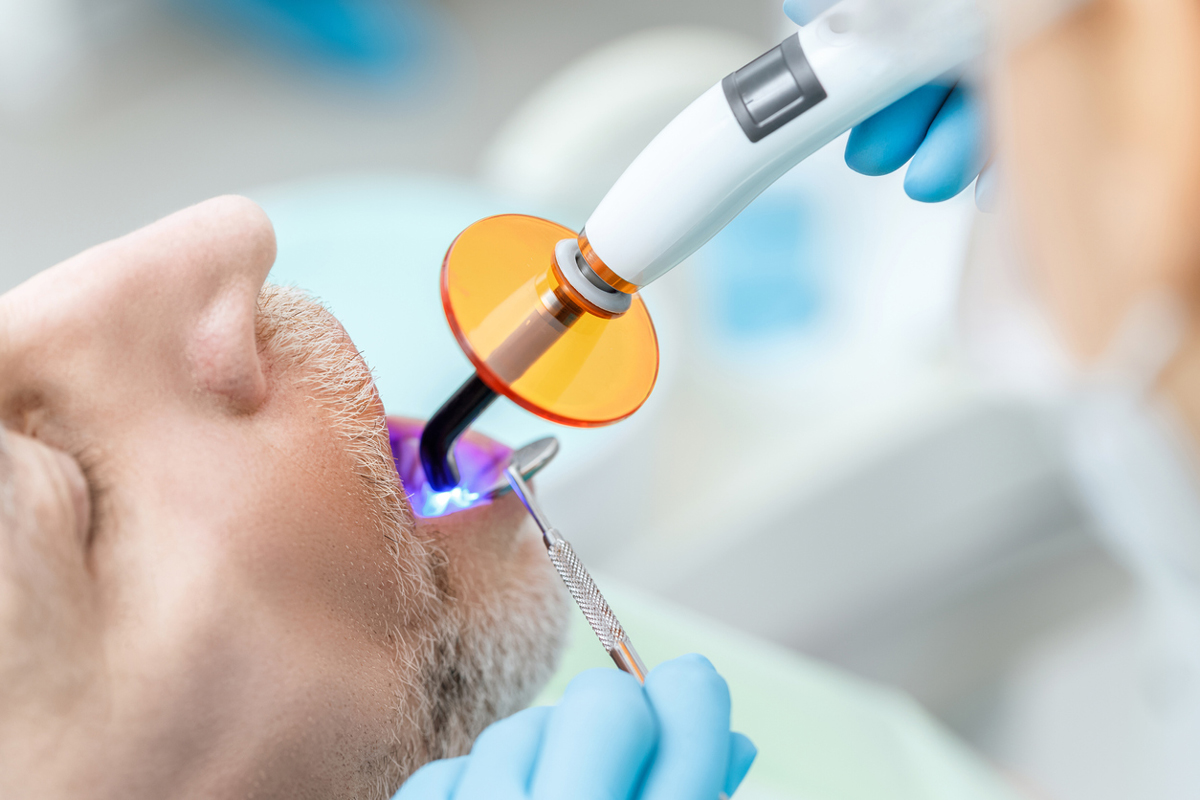Choosing the right cement is not a cut-and-dried decision.
Cements vary widely, from the materials they are comprised of to the features that define them and their applications. When clinicians understand the options available to them, they can select the most appropriate solutions for their practice.
Recent improvements in cement products – such as self-adhesives, which have advanced to the point where they reduce steps without sacrificing bond strength – have led to greater ease of use, efficiency, speed and performance, notes Russ Perlman, executive director of marketing, VOCO America, Inc. “A large DSO or group practice generally encounters a wide range of clinical situations,” he points out. As such, they need resin cements, glass ionomer cements and various types of temporary cement. “Many practices in this type of demographic don’t have the time to hand mix cement or wait for slower self-cure materials to set between patients,” he says. “Advancements such as QuickMix syringes, tack cure options, high-retention glass ionomers and self-adhesive resin cements reduce steps, decrease variables, save time and raise the clinic’s overall efficiency.” An understanding of the composition and formulation of cements is critical when deciding which type to use for different clinical situations, he adds.
Features
There are many features that differentiate cements within each category and sub category (permanent vs temporary; resin-based vs glass ionomer), according to Perlman. Often, choosing the best product depends on the application at hand, as well as clinician preference, he explains. Clinicians should consider a number of factors in making their decision, he points out, including:
- Overall bond strength.
- Film thickness.
- Working and setting times.
- How well it can be light-cured.
- Substrate indications.
- Fluoride release.
- Number of steps required.
In the case of adhesives, clinicians should consider, among other things, their ability to reduce or minimize post-op sensitivity. “Depending on the clinical situation, any one of the above features can be particularly important to the practitioner,” says Perlman. “For a highly esthetic focus, such as a veneer case, lower water solubility will help avoid staining or discoloration. For extremely busy practices, practitioners might appreciate a cement that requires fewer steps, such as a self-adhesive resin cement, or a cement that offers a tack cure, enabling them to work faster.” And, while practitioners appreciate speed, convenience and ease-of-use, above all, they value a cement that offers maximum long-term bond strengths, he adds.
Resin vs. glass ionomer
The two most popular categories of permanent cements are resin cement (bonded-in vs. self-adhesive) and glass ionomer cements (pure glass ionomer (GI) cements vs. resin modified glass ionomer (RMGI) cements), according to Perlman. “The most obvious difference between resins and glass ionomers are their composition,” he explains. “Resin cements are composed of monomer-based resins mixed with glass fillers. Glass ionomer cements are composed of silicate glass powder mixed with polyacrylic acid; in some variations, such as RMGIs, they also include resin.
“Resin cements generally have a higher bond strength than glass ionomer cements,” he continues. “Resin cements utilize mechanical retention to adhere to most, if not all, restorative materials (lithium disilicate, zirconia, etc.); there is no actual chemical bond between the restoration (crown, inlay, etc.) and the cement. Additionally, bonded-in resin cements must be applied with an appropriate resin-based adhesive system to successfully adhere to the tooth surface; the quality of the restoration’s adhesion value to the tooth is dependent on excellent physical properties from both the adhesive and the cement.” Comparatively, self-adhesive resin cements have adhesive added to the formula to eliminate the need for the separate bonding step, simplifying the procedure and minimizing headaches (e.g., post-op sensitivity) for both the practitioner and the patient.”
“Glass ionomer cements create natural chemical bonds,” Perlman explains. “In other words, they ionize with the tooth structure, and the exchange of ions between the tooth and the glass ionomer create a chemical seal with an inter-diffusion zone. The chemistry of glass ionomers facilitates the release of fluoride ions into the tooth structure. Additionally, glass ionomer cements are hydrophilic; even in the presence of moisture (e.g., saliva) they generate a chemical bond. By comparison, resin cements require isolation and can fail in the presence of moisture.”
The clinical application dictates whether clinicians select a resin or a glass ionomer, notes Perlman. “For example, in the case of a short core when cementing a crown, a bonded-in resin cement might be the better choice due to its higher bond strength,” he points out. “When secondary caries underneath a crown are a possible problem, a glass ionomer cement might be the better option due to its fluoride release.”
“With regard to temporary cements, two of the more popular categories are zinc oxide-based cements and composite (resin)-based cements,” he says. “Again, the decision when choosing between the two types is largely based on the clinical situation at hand and practitioner preference but there are tendencies to consider.” Resin-based temporary cements typically offer higher adhesion and esthetics compared to zinc oxide cements, while zinc oxide cements provide better relief of hypersensitivity and are typically not as difficult to remove.”
Meron Plus QM
VOCO is proud to present Meron Plus QM, a paste-to-paste resin-modified glass ionomer (RMGI) cement in a QuickMix syringe, formulated for strength, longevity and convenience. Meron Plus QM features nearly double the adhesion values of other popular brands, with a 5-to-10-second tack-cure for quick and easy removal of excess material, representing a unique and powerful combination among paste-to-paste RMGI cements. This ensures a secure and reliable hold, even in unfavorable conditions, such as those encountered with short cores with a sub-gingival prep. The total two-minute working time offers sufficient time for the cementation of both individual restorations and bridges.
Additionally, Meron Plus QM is self-adhesive, has a low film thickness for a precise marginal fit and continuous fluoride release, making it the perfect choice of cements with indications, including full crowns and orthodontic bands, as well as metal, ceramic and glass fiber-reinforced posts.





